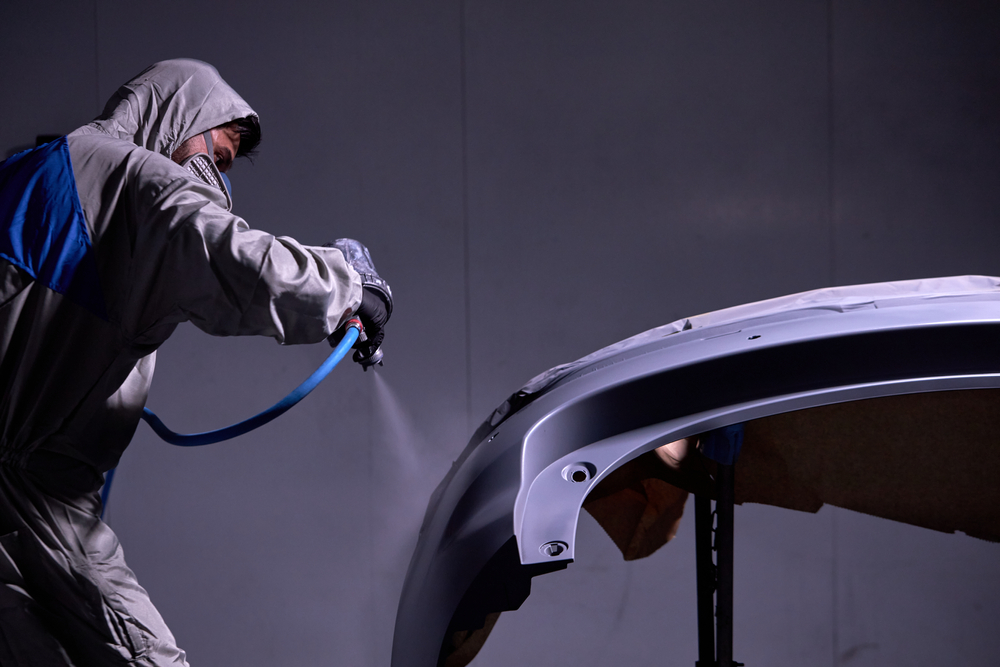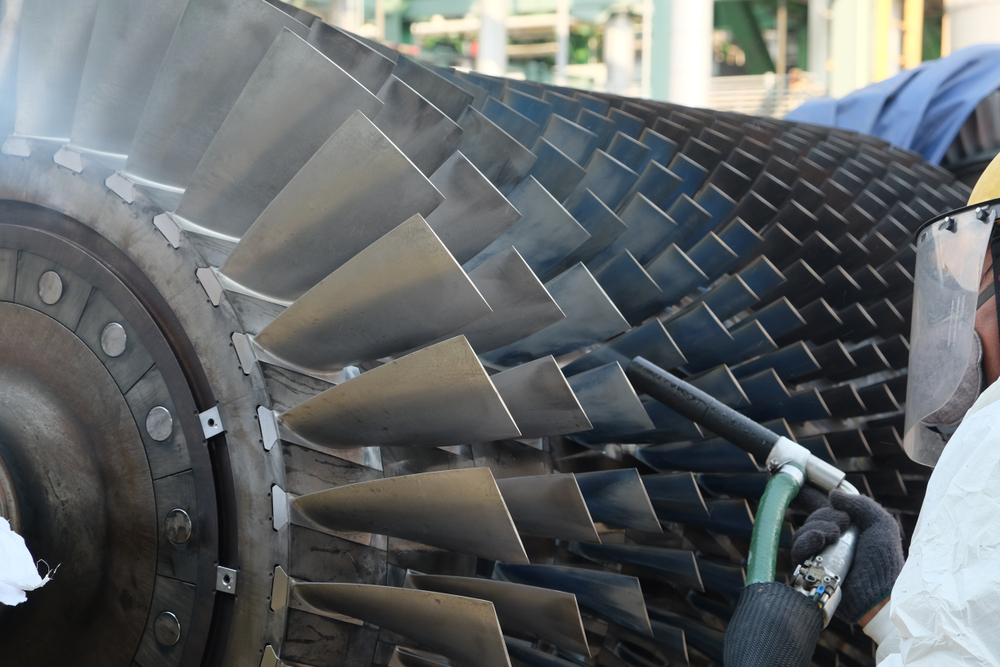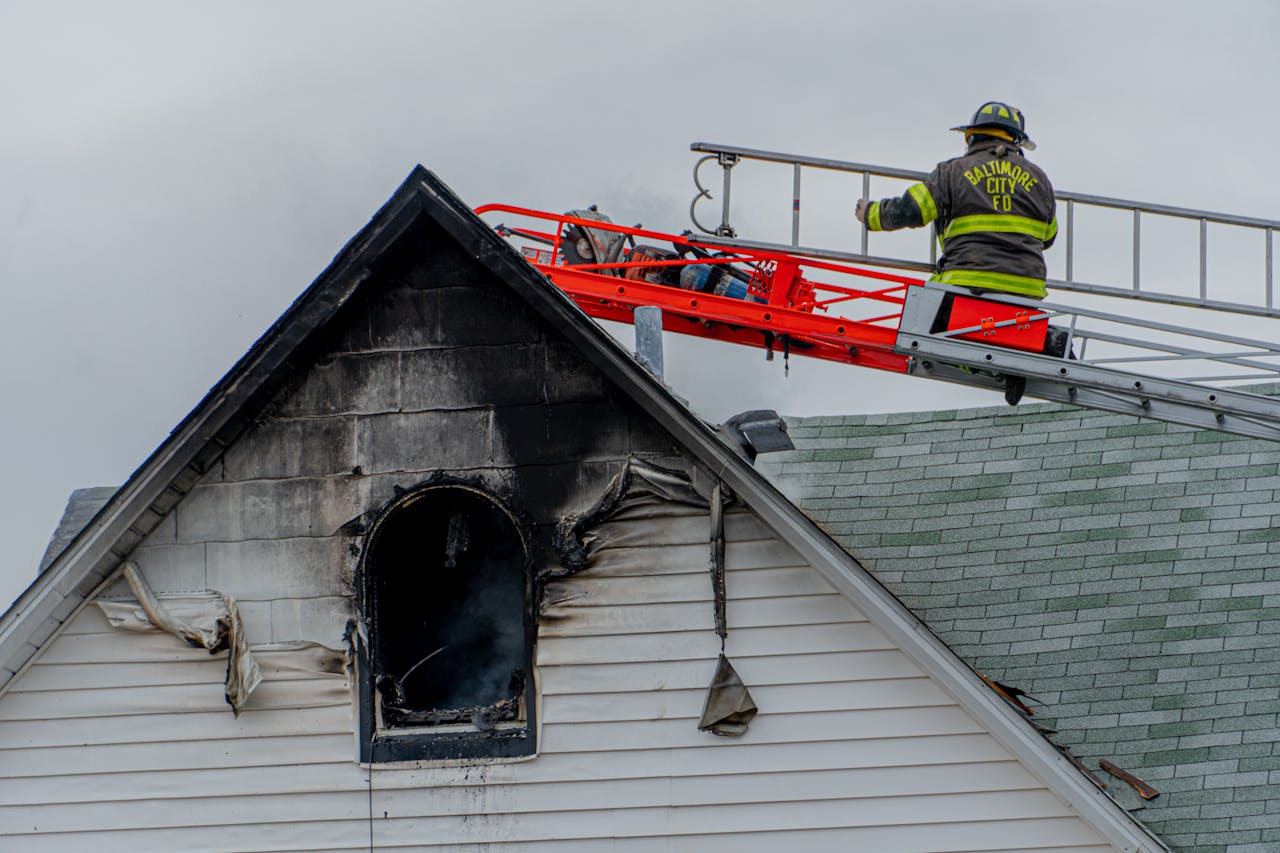What is dry ice? Well, in short, dry ice is carbon dioxide in its solid-state. It is usually employed as a cooling agent, but it is also used in many other applications. These applications include fog machines in theaters to create dramatic effects and preserve frozen foods, such as ice cream when mechanical chilling is not accessible.
There is one more application where you use dry ice that is dry ice blasting. Dry ice can be pretty dangerous; therefore, you must handle it properly. This article defines dry ice blasting and discusses why it is significant.
What Is Dry Ice Blasting?
The method of dry ice blasting is comparable to that of sandblasting. Its unique and efficient way of cleaning and preparing surfaces is based on the science underlying this medium’s technique to lift contaminants from surfaces.
In ice blasting, dry ice particles shoot at extraordinary speeds at the surface. The thermal kinetic effect, caused by the fast shift in the constitution of CO2 from a solid-state to a gas, creates small explosions that aid in the removal of impurities. The kinetic effect is caused by the increased speed of the dry ice.
The solid CO2 is a chilly -109 degrees Fahrenheit. So when it hits the surface, which is considerably warmer, it dissolves. As a result, thermal stress occurs, and the link breaks between the contaminant and the surface it was adhering to.
What Are the Benefits of Dry Ice Blasting?
Dry ice blasting is such a flexible approach for cleaning and surface preparation. It’s used on practically any surface. It is effective for many projects across the board and removes:
- Greasy spots
- Oil from certain items, including walls and floors
- All dirt, dust, mold
- Adhesives, resins, inks, and paints
- Food residue, bacteria, greasy smoke residue
The benefits include:
It is Non-Abrasive
Although shooting dry ice pellets seems severe, it is non-abrasive because of thermal shock physics. In addition, the coatings or contaminants are ejected without leaving a trace or mark because of the substrate’s compression and the gas’s expansion as it dissolves.
Safer to Use
Dry ice blasting produces no dust. As the appeal of abrasive blasting has grown, remove impurities from the air. This is commonly accomplished by introducing water to the procedure. As a result, dry ice is, well, absolutely dry!
Less Residue
Dry ice’s fast disintegration leaves no remnant on the surface. The media evaporates into the air, minimizing the time required for cleanup. You will find that you will also have decreased costs related to disposal. Coatings and impurities that have been removed can be swept or vacuumed away. As a consequence, cleanliness and efficiency have increased.
Non-Conductive
Cleaning using dry ice is non-conductive. As a result, it is safe to use for electrical components. This removes the need to disassemble machines, reducing downtime and allowing you to return to operation as soon as possible. If correct safety precautions are followed, most equipment may be cleaned without completely stopping.
Specific Target Cleaning
Cleaning with dry ice pellets provides for precise, focused cleaning. Pressurized dry ice may also enter cracks and contact difficult-to-reach surfaces. It is not only safe for electrical wire, but it may also penetrate the places where wiring is kept.
It Is Non-Toxic
Dry ice blasting is a non-toxic cleaning method. It does not require chemicals or solvents. Instead, it depends on the surface’s subzero temperature to remove coatings, kill germs, and destroy fungi.
The use of dry ice in their many functions is even approved by many government safety and health departments. In addition, dry ice blasting poses no risk or threat to operators when conducted in open areas.
Environmentally Friendly
Dry ice blasting is the most efficient and environmentally friendly method of cleaning and preparing surfaces for coating. Because carbon dioxide dissolves into the atmosphere, it produces no additional waste. It is vital to highlight that this procedure has no impact on the greenhouse effect. Furthermore, you create the pellets from recovered CO2. When it’s converted back into a gas, it is absorbed by plants, converted into carbon and oxygen.
Dealing With Dry Ice Blasting Safety
Although dry ice blasting is non-toxic and safe, employing it in a confined environment still necessitates the required safety procedures. Carbon dioxide is 40% denser than air and can alter atmospheric conditions in areas with inadequate ventilation. It is odorless in naturally occurring proportions in its atmosphere but has a sour or acidic odor at high concentrations.
Using Dry Blasting in the Food Industry
For everyone’s safety, the food and beverage sector has established strict requirements that must be followed. Furthermore, if the equipment malfunctions or has to shut down for a lengthy period, it is particularly prone to waste. Dry ice blasting is a quick and effective method of cleaning. Cleaning may be done in situ as per the above benefits. Having no need to disassemble or relocate means saving time and decreasing the likelihood of equipment being damaged during transportation.
Additionally, dry ice blasting is a valuable method for surface treatment in food processing plants. With this treatment, removal of all of the impurities eliminates microorganisms and ensures the adherence of your industrial coating.
Using Dry Ice in Restoration
Damage happens to all surfaces in many ways. Damages could be by water, fire, aging, and human hands, such as graffiti. Dry ice blasting is an excellent method for restoring buildings.
Building, structural, and artifact restoration require a meticulous and sensitive approach. This is to maintain the history of the structure or object in restoration. Dry ice blasting safety preserves the natural beauty of the surface without using dangerous chemicals or scratching and scuffing tools.
It is also safe on pliable metals since friction does not create heat. Finally, dry ice is the most ecologically friendly technique to remove all contaminants from fragile surfaces.
Blast It Off!!
As shown above, dry ice blasting applies to many industries and applications. Therefore, using dry ice would be the best choice for your project.
Have you got a project that needs professional dry ice blasting? Please speak with our specialists to determine the best solution.





